Fractional-order oscillators
Fractional-order calculus is the branch of mathematics which deals with non-integerorder differentiation and integration. Fractional calculus has recently found its way to engineering applications; particularly electronic circuits with promising results showing the feasibility of fabricating fractional-order capacitors on silicon. Fractionalorder capacitors are lossy non-deal capacitors with an impedance given by Zc = (1/jωC)α, where C is the pseudo-capacitance and α is its order (0
Fractional order butterworth filter: Active and passive realizations
This paper presents a general procedure to obtain Butterworth filter specifications in the fractional-order domain where an infinite number of relationships could be obtained due to the extra independent fractional-order parameters which increase the filter degrees-of-freedom. The necessary and sufficient condition for achieving fractional-order Butterworth filter with a specific cutoff frequency is derived as a function of the orders in addition to the transfer function parameters. The effect of equal-orders on the filter bandwidth is discussed showing how the integer-order case is considered
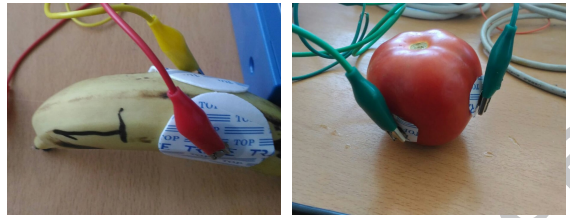
Biological inspired optimization algorithms for cole-impedance parameters identification
This paper introduces new meta-heuristic optimization algorithms for extracting the parameters of the Cole-impedance model. It is one of the most important models providing best fitting with the measured data. The proposed algorithms inspired by nature are known as Flower Pollination Algorithm (FPA) and Moth-Flame Optimizer (MFO). The algorithms are tested over sets of both simulated and experimental data. The results are compared with other fitting algorithms such as the Non-linear least square (NLS) and Bacterial Foraging Optimization (BFO). The comparison showed a better fit in the sum of
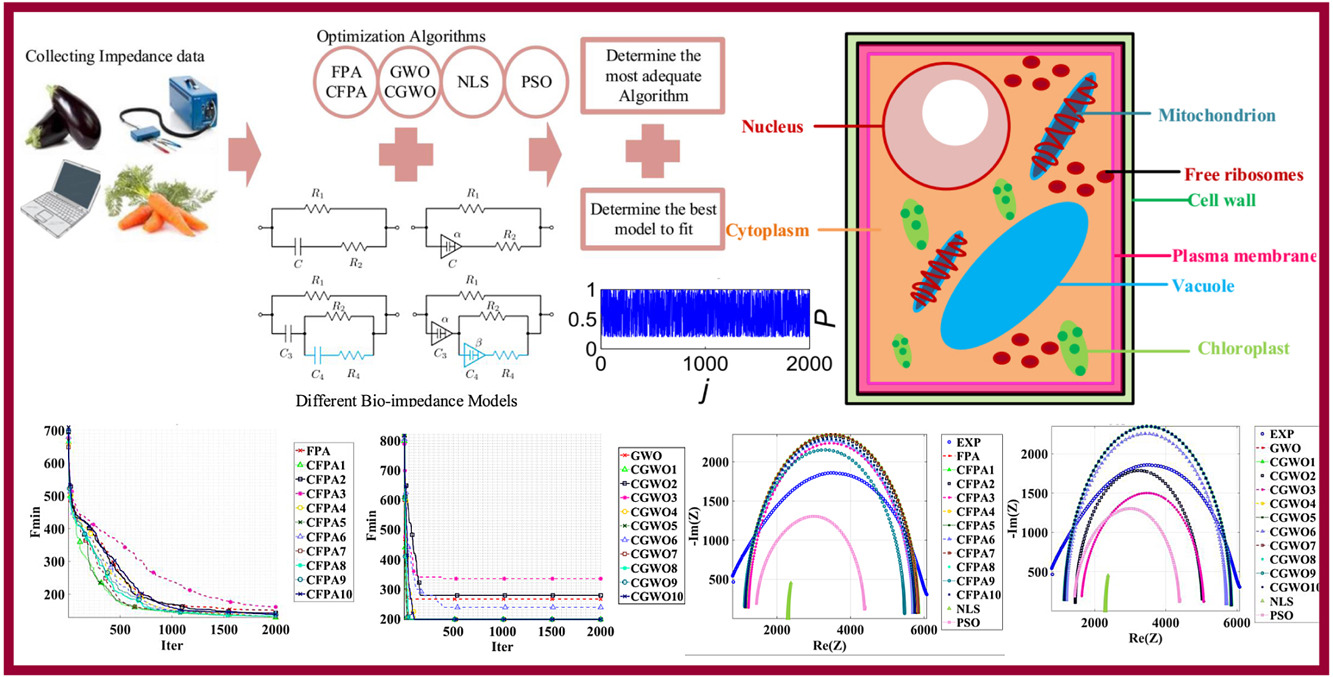
Chaotic Flower Pollination and Grey Wolf Algorithms for parameter extraction of bio-impedance models
Precise parameter extraction of the bio-impedance models from the measured data is an important factor to evaluate the physiological changes of plant tissues. Traditional techniques employed in the literature for this problem are not robust which reflects on their accuracy. In this paper, the Flower Pollination Algorithm (FPA), the Grey Wolf Optimizer (GWO) and ten of their chaotic variants are employed to extract the parameters of bio-impedance models. These models are the simplified Hayden and Double-Shell models in their integer and fractional order forms. Experimental data sets of three
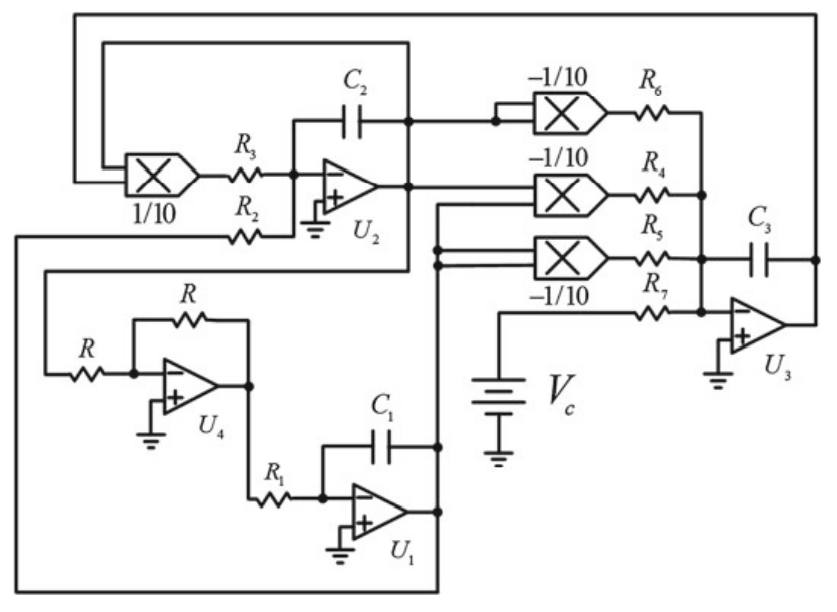
A three-dimensional no-equilibrium chaotic system: Analysis, synchronization and its fractional order form
Recently, a new classification of nonlinear dynamics has been introduced by Leonov and Kuznetsov, in which two kinds of attractors are concentrated, i.e. self-excited and hidden ones. Self-excited attractor has a basin of attraction excited from unstable equilibria. So, from that point of view, most known systems, like Lorenz's system, Rössler's system, Chen's system, or Sprott's system, belong to chaotic systems with self-excited attractors. In contrast, a few unusual systems such as those with a line equilibrium, with stable equilibria, or without equilibrium, are classified into chaotic

A three-dimensional no-equilibrium chaotic system: Analysis, synchronization and its fractional order form
Recently, a new classification of nonlinear dynamics has been introduced by Leonov and Kuznetsov, in which two kinds of attractors are concentrated, i.e. self-excited and hidden ones. Self-excited attractor has a basin of attraction excited from unstable equilibria. So, from that point of view, most known systems, like Lorenz’s system, Rössler’s system, Chen’s system, or Sprott’s system, belong to chaotic systems with self-excited attractors. In contrast, a few unusual systems such as those with a line equilibrium, with stable equilibria, or without equilibrium, are classified into chaotic
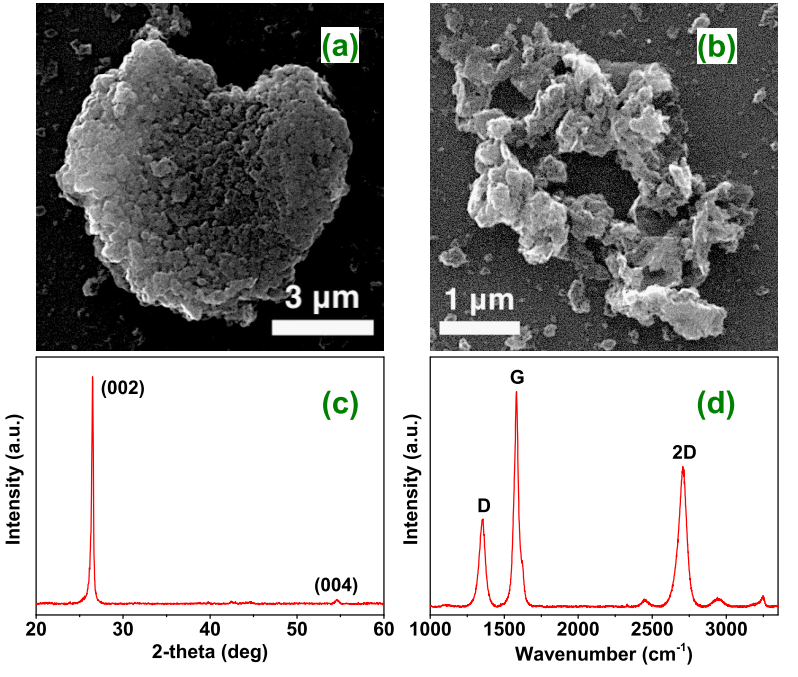
Band-Pass Filter and Relaxation Oscillator using Electric Double-Layer Capacitor
Supercapacitors are electrochemical devices that can store and restore electrical energy and are mostly used for powering dc or close-to-dc applications. As such they have not been explored enough for non-dc circuits. In this study, we implement a band-pass for frequency selectivity purposes and a relaxation oscillator for timing applications using a solid-state carbon electric double-layer capacitor. The expected behavior was observed for both circuits in the sub-Hertz and tens of Hertz frequency ranges. This confirms the possibility of using the frequency-dependent capacitive behavior of
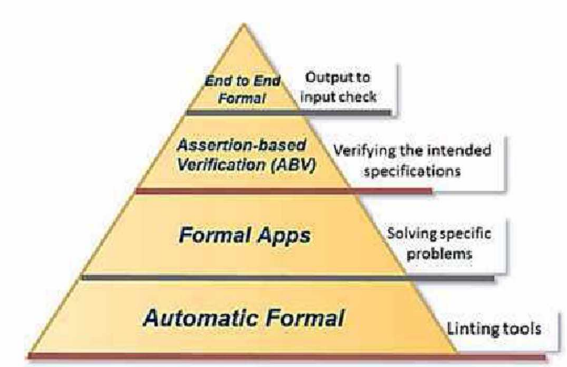
Automatic RTL coding correction Linting tool for critical issues
This paper posits an automatic handling to some of the most common RTL critical issues in the verification process. In this paper, we propose an automatic linting tool to handle some causes of intentional latches generated in the synthesis process and clock gating timing violation. Therefore, no need to waste verification time to dive through long codes to handle them manually. The proposed tool has been implemented using python to speed up the linting process with easy GUI. Finally, it has been tested on OpenCore certificated projects source codes. © 2018 IEEE.
FPGA Implementation of X- and Heart-shapes Controllable Multi-Scroll Attractors
This paper proposes new multi-scrolls chaotic systems which is called the X-shape. The purpose is to have more complex systems and flexible ranges of the chaotic behavior. The proposed X-shape is a combination between V-shape and Λ-shape. This paper also represents the Heart-shape which considered a special case of the X-shape. The system complexity has been measured by MLE and compared with V-shape system. It shows lager MLE on the side of X-shape. In addition, the effect of changing system parameters has been discussed and compared with V-shape. Finally, a fully hardware implantation on FPGA
Comparison between three approximation methods on oscillator circuits
The promising capabilities of fractional-order devices challenge researchers to find a way to build it physically. Approximating the Laplacian operator sα can pave the way to emulate the fractional-order devices till its off-the-shelf appearance. This paper introduces three approximations of the Laplacian operator sα: Oustaloup, Matsuda, and Valsa by comparing their behaviors through two types of oscillator circuits. The first two are well-established approximations and the latter is proposed for the first time by converting its model network to an integer polynomial approximation of the
Pagination
- Previous page ‹‹
- Page 33
- Next page ››
